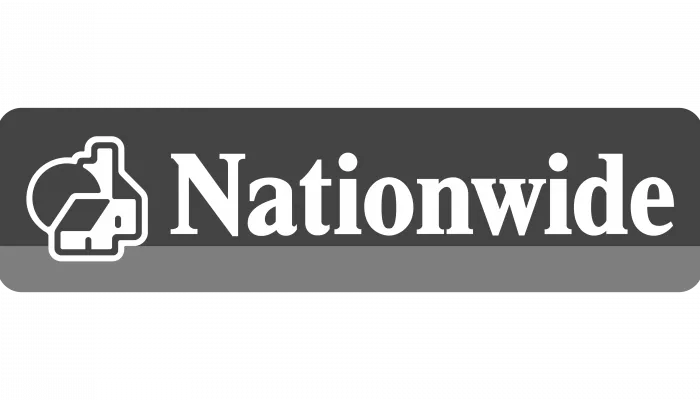At the end of September, during the Growth Plan statement, the Chancellor announced some changes to Stamp Duty Land Tax (SDLT) in England and Northern Ireland. These changes have been a welcome relief to people planning to buy residential property and with mortgage interest rates rising, many are happy to know that they won’t have to pay as much SDLT.
It’s not uncommon for people not to know what SDLT is until they purchase their first home, however, this type of tax can have a big impact on how much it costs you to buy a property. Below we have looked into SDLT in more detail and explored how the recent tax reduction can help people who want to buy a new home.
What is SDLT?
When you buy a property that is over a certain amount, you are liable to pay Stamp Duty Land Tax. This tax is a percentage of the price of the property you’re purchasing and how much you have to pay differs depending on several factors, such as whether; you’re a first-time buyer, you’re buying a second property or you’re eligible for relief or an exemption.
This type of tax needs to be paid to HMRC within 14 days of completion. More often than not, your solicitor pays SDLT on your behalf and then adds it to their fees, so this is one less thing to worry about during the purchase process. You can use HMRC’s Stamp Duty Land Tax calculator to work out how much tax you’ll pay on the purchase of your next property.
What are the new SDLT thresholds?
Over the years, SDLT has gone from being a relatively small payment to a significant tax and the SDLT you pay can make purchasing a property much more expensive. The recent Growth Plan revealed major cuts to Stamp Duty Land Tax and the thresholds changed immediately after the announcement on the 23rd of September, so they are relevant to all new purchases.
The new SDLT thresholds are as follows for existing homeowners;
- Properties up to £250,000 0%
- The next £675,000 (the portion from £250,001 to £925,000) 5%
- The next £575,000 (the portion from £925,001 to £1.5 million) 10%
- The remaining amount (the portion above £1.5 million) 12%
The SDLT for first-time buyers has changed too and the thresholds are now;
- Properties up to £425,000 0%
- The next £500,000 (the portion from £425,001 to £925,000) 5%
- The maximum purchase price for first-time buyer SDLT relief has also increased to £625,000.
What does this reduction mean for homeowners?
It goes without saying that paying less tax on your purchase is incredibly beneficial and the Government doubling the level at which people begin paying SDLT could have a huge impact on a large number of buyers. Hundreds of thousands of people may now be able to purchase a property without having to pay any SDLT at all.
Not having to pay SDLT, or having reduced SDLT costs, could help you to get a more competitive mortgage deal. You could put the money that you would’ve spent paying this tax towards your deposit and this can help you to lower your Loan to Value (LTV) ratio. Your LTV ratio has a direct impact on the mortgage deals you’re offered by mortgage lenders and simply put, the higher your LTV ratio, the higher risk you are to lend to and therefore, you would be charged higher interest rates.
Lowering your LTV means you could get a more competitive mortgage offer and with the cost of living crisis on everyone's minds, getting a good mortgage deal is of the utmost importance. Reducing your mortgage loan amount can make the monthly repayments on your mortgage more affordable too and this can take some of the financial pressure off at this difficult time.
The new SDLT thresholds for first-time buyers are equally beneficial and they could help to make purchasing a house more realistic for many. Getting on the property ladder has become more difficult over the years and not having to pay as much tax could help people who have been renting for a while to buy bigger family homes.
Getting some tailored mortgage advice
If you’re in the process of buying a home or you need to remortgage, our team at Mortgage Required will be happy to assist you. We have many years of experience helping people get mortgage deals that meet all of their needs and we will explore the whole market to find the best products for you. We pride ourselves on being a local team of dedicated, independent mortgage experts and you will be in very capable hands when you turn to us for mortgage advice.
Recent posts
Best UK Mortgage Rates this Week
Yesterday

Here are the lowest fixed mortgage rates of the week, available to first-time buyers, home movers, buy-to-let, and those remortgaging.
Call us for more information: 01628 507477 or email: team@mortgagerequired.com.

Just because the Bank of England decides to reduce the base rate, this doesn't automatically mean that your mortgage rate will go down.
Autumn Budget 2025: A Summary
23 days ago

Chancellor, Rachel Reeves, has delivered the Autumn 2025 budget. We have summarised the government's plans for tax and spending.
Renters' Rights Act
14 Nov 2025

The Renter’s Rights Bill became law at the end of October, which means it has been signed off by the King, and it is now the Renters’ Rights Act. Despite this becoming law, these changes are likely to start changing within the next six months, with the aim of being fully implemented throughout 2026 and into 2027.

A welcome change in school is coming as financial literacy is due to become compulsory in schools in England.
The Government has announced that as part of the new national curriculum, children in primary and secondary education will be required to learn about budgeting, compound interest, managing money, and mortgages.
The top 10 most beautiful villages in the world
24 Oct 2025

Forbes has published a global ranking of stunning locations and one popular picturesque corner of the UK has nabbed top spot.

Over three years after the Mini-Budget took place, we look at what the mortgage market looks like now, showing the difference in mortgage repayments.

The government has announced plans to make buying or selling a home cheaper and quicker with what is being called the “biggest shake-up to the homebuying system in this country’s history.”



















